The popularity of anatomical studies increased hugely by the end of the 18th century. In the early 19th century, Edinburgh was a city renowned for medical research.
However, the medical schools had a shortage of bodies to use for dissection since only the bodies of executed criminals were only allowed to be used. But in the early 1800s, the number of executions was beginning to reduce drastically.
About five corpses were allocated to the Edinburgh Medical College for medical research each year and medical schools offered a generous financial compensation. This soon led to a dramatic increase in grave robbing.
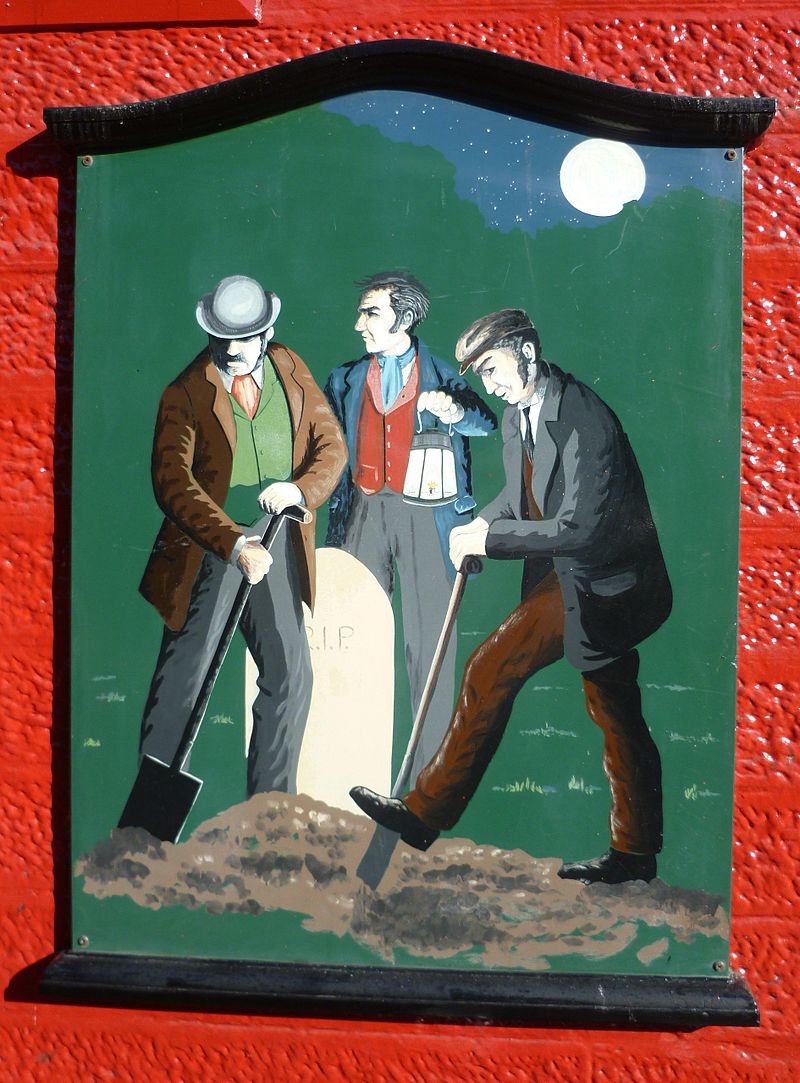
People would watch cemeteries and when a fresh body was buried, they would dig it up and sell it to medical schools. The snatchers became known as “Resurrectionists.”
The “fresher” the body, the more money it was worth. By the 1820s watchtowers were built at three Edinburgh graveyards to safeguard the dead and soon some of the “Resurrectionists” found it easier to kill a person and provide the remains for medical research.
The most infamous of which were the Burke and Hare Murders in Edinburgh. It is believed that the two Irish immigrants murdered at least 16 people, possibly as many as 30, before their crimes were discovered.
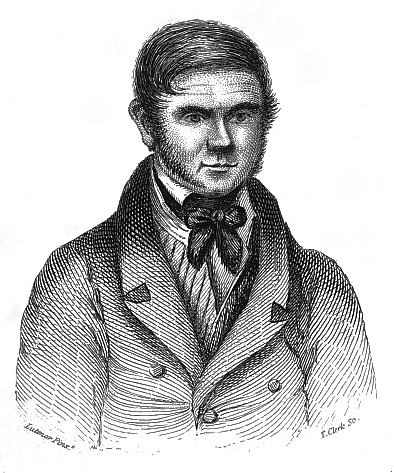
It all began in November 1827, when a visitor died at the boarding house Hare ran with his mistress Margaret Laird.
The visitor, named Donald, owed Hare £4 in rent, so Burke and Hare took Old Donald’s body to Dr. Robert Knox’s private anatomy school and were paid seven pounds and ten shillings.
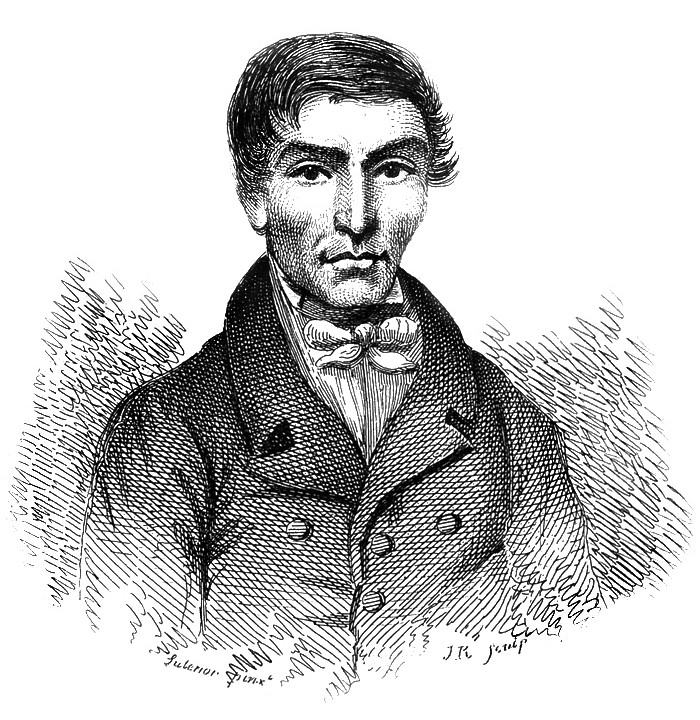
Apparently, this was more than enough for Burke and Hare and inspired them to find more bodies.
In early 1828, another tenant named Joseph became ill. Burke and Hare didn’t have the patience to wait and see if Joseph would actually die from his afflictions and they decided to kill him.
They would later develop a trademark method of suffocation which would later become known as “Burking”.
In the absence of any further ill tenants, the pair started killing prostitutes and other strangers they snatched from the streets. Between January and October of 1828, they murdered 3 men, 12 women and one child.
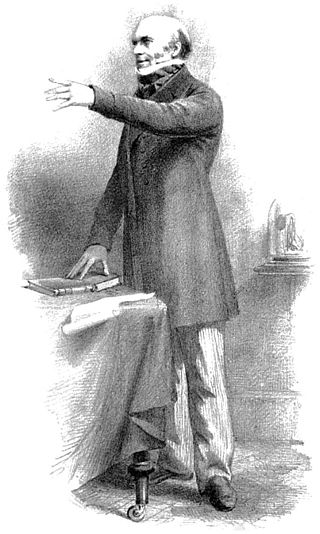
One of their later victims was a young man with a deformed foot who was well known in the area.
The crimes were eventually detected when a body was found under the bed of William Burke by a couple staying at the boarding house.
They were offered a bribe if they would keep the discovery to themselves, but the couple refused and reported the murder to the police. By the time police caught up with the pair, the body had been sold to Knox.
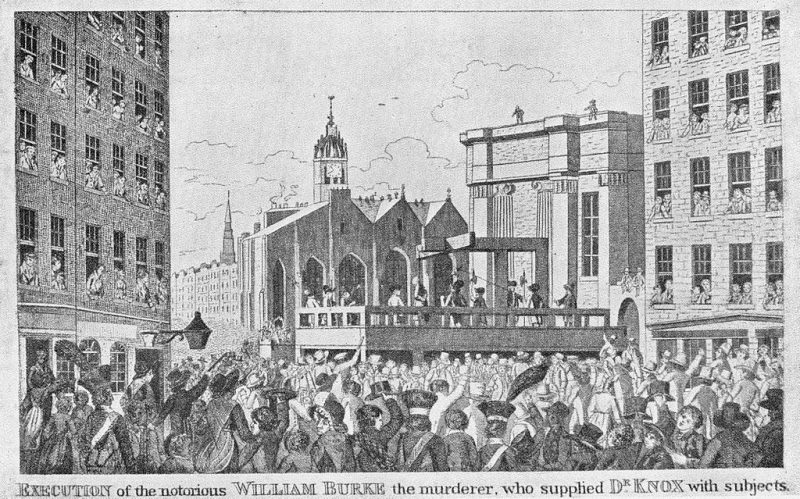
William Hare testified against Burke, in return for his own freedom. Burke was found guilty and executed in Edinburgh by hanging on January 28, 1829.
More than 25,000 people gathered at the Lawnmarket in Edinburgh to see Burke die and he was then publicly dissected at Edinburgh Medical College.